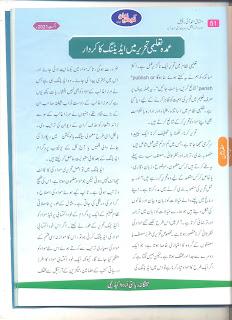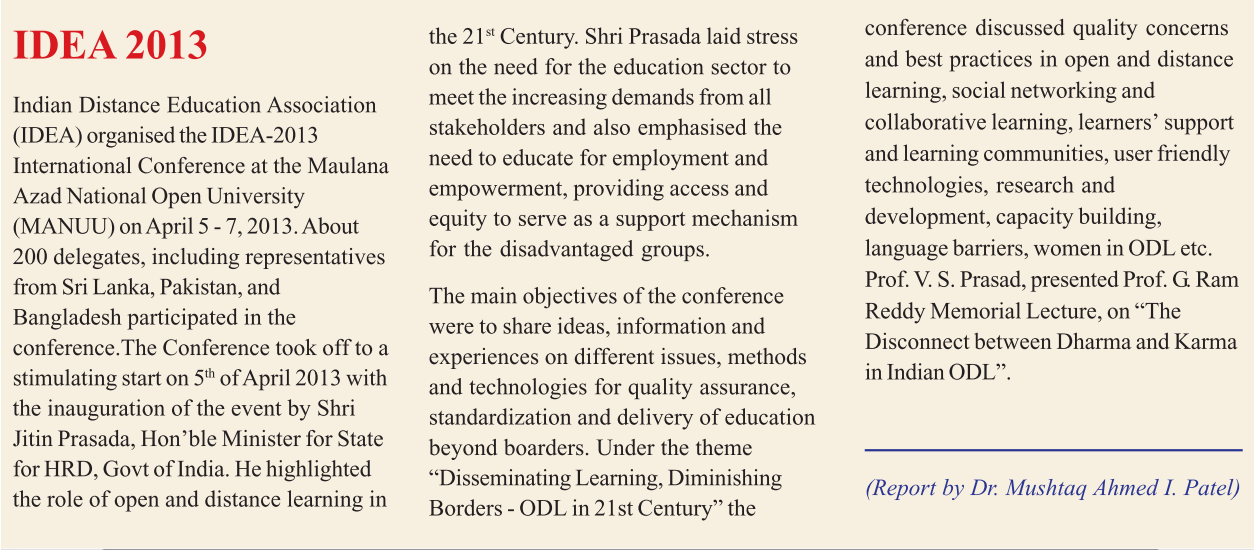LESSONS IN LEARNING: CONTEXTUALISING MAULANA AZAD AND HIS EDUCATIONAL PHILOSOPHY FOR OUR TIMES

Maulana Azad’s ideas pertaining to his educational thoughts about the instruction of knowledge in post-independent India and his achievements towards institutionalizing education among a populace whose literacy rate at the time of independence was merely 18%, still, echo relevance for our times. The utilitarian analysis of Maulana Azad’s legacy can benefit both the present and future generations. The fact is that our generation has not done justice to his personality and still continues to ignore his major contributions. However, it is only we as teachers who can contextualise his legacy for our children inside the classrooms and beyond, with a sincere hope that we do not fail in our communication as we failed in our appreciation of him. In fact, what seems more relevant is to understand how he became what he was; and, what personal achievements he gathered in his life which allowed him to be remembered today with such fervour and delight as a nationalist, philosopher, writer, and as t...

